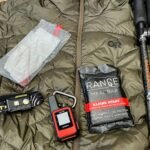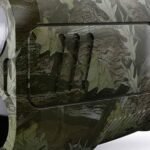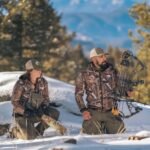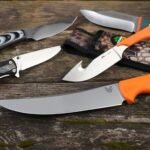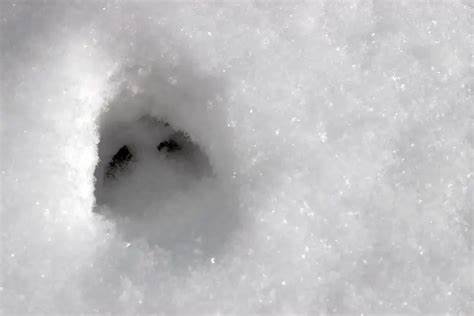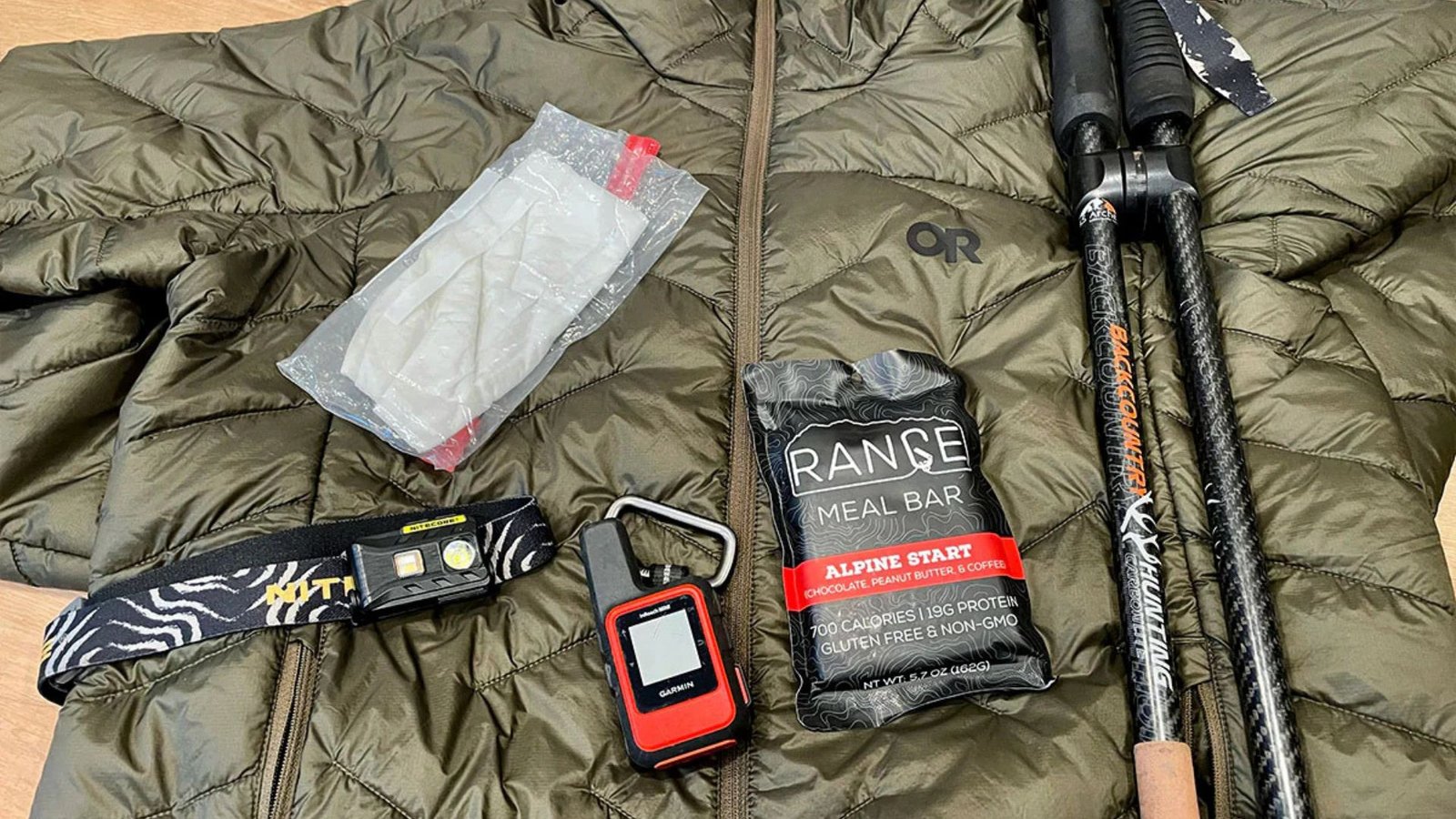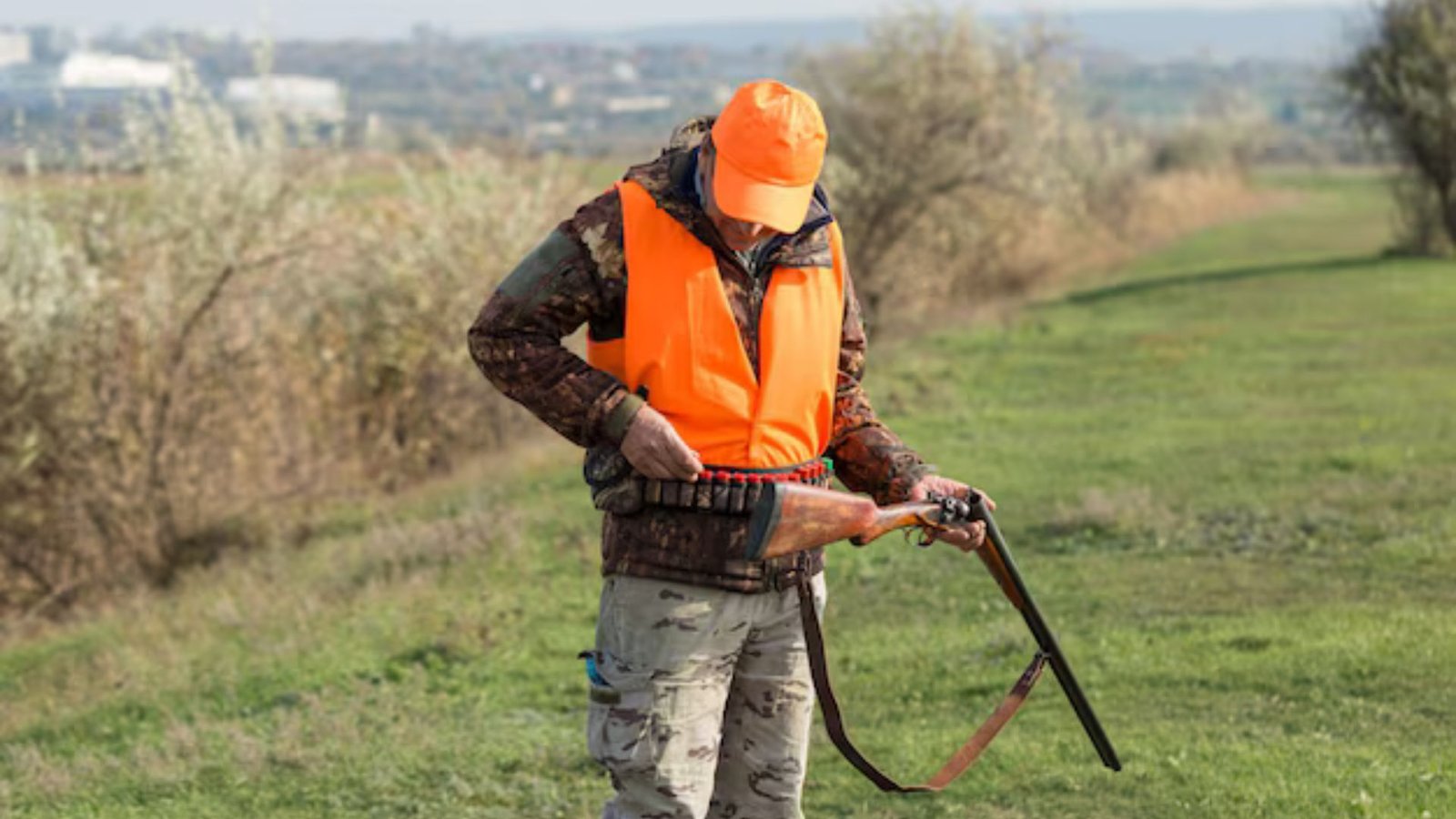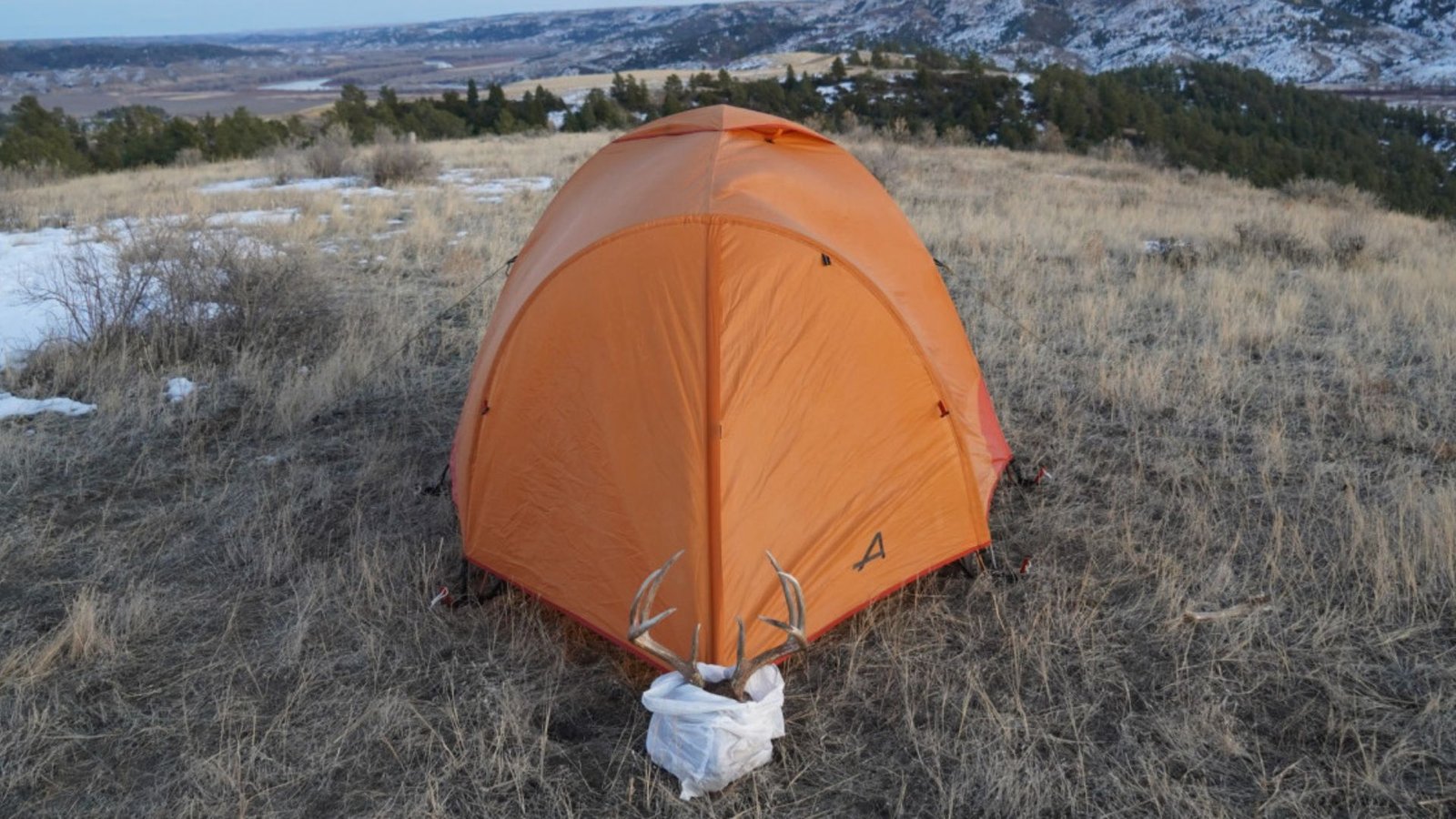Deer tracks tell a story about the animal’s movement, size, and behavior. For hunters and wildlife enthusiasts, identifying and interpreting these tracks is an essential skill. This guide will help you recognize the various types of deer tracks and what they reveal about the animal.
1. The Basics of Deer Tracks
Deer tracks are generally heart-shaped, with two pointed toes at the front and a rounded heel. The size and shape of the track can vary based on the species, the deer’s age, and the terrain. For example, white-tailed deer tracks are smaller and more delicate compared to mule deer tracks.
2. Identifying Fresh Tracks
Fresh tracks have crisp, well-defined edges and are often accompanied by other signs, such as moisture or debris displaced by the animal. Look for freshly broken twigs, trampled vegetation, or scat nearby to confirm the trail’s recent activity.
3. Recognizing Buck Tracks vs. Doe Tracks
Buck tracks are typically larger and wider than doe tracks, reflecting the size difference between males and females. Bucks also have a more pronounced stride, as they tend to walk with more purpose and confidence. Doe tracks, on the other hand, appear more delicate and closer together.
4. How to Read Stride and Straddle
The stride is the distance between consecutive tracks of the same foot, while the straddle is the width between tracks. A longer stride usually indicates a larger, more mature deer, while a narrow straddle often signifies a doe or younger deer. Observing these measurements can help you determine the size and speed of the animal.
5. Clues from Track Depth
The depth of a track can provide insight into the deer’s weight and the condition of the ground. Heavier bucks will leave deeper impressions, especially in soft or muddy terrain. Shallow tracks may suggest a smaller deer or dry, hard-packed soil.
6. Tracks in Different Terrain
Deer tracks can look different depending on the type of terrain:
- Mud: Tracks in mud are usually the most detailed, showing clear outlines of the hooves.
- Snow: In snow, tracks can appear distorted as the animal moves. Fresh snowfall can obscure tracks quickly.
- Dry Soil: Tracks in dry, compact soil may be faint, requiring careful observation.
7. Identifying Gait Patterns
Deer have different gaits depending on their activity. For example:
- Walking: Tracks are evenly spaced and close together.
- Running: Tracks are farther apart, often showing evidence of skidding or uneven placement.
- Bounding: Tracks appear in pairs, as the deer leaps with its hind legs landing first, followed by its front legs.
8. Recognizing Fawn Tracks
Fawn tracks are small and dainty, often found close to a larger set of doe tracks. These tracks can be more erratic as fawns tend to wander or play while following their mothers.
9. Differentiating Deer Tracks from Other Animals
Deer tracks can sometimes be confused with those of other hoofed animals, such as elk or moose. However, deer tracks are smaller and more pointed. Additionally, tracks from predators like coyotes or wolves often include claw marks, which deer tracks lack.
10. Combining Tracks with Other Clues
Deer tracks rarely exist in isolation. Look for additional signs such as rub marks on trees, bedding areas, or browsing marks on vegetation. These clues can help you piece together a complete picture of the deer’s behavior and movements.
Conclusion
Understanding the different types of deer tracks is a valuable skill for hunters and nature enthusiasts. By learning to identify and interpret these tracks, you can gain deeper insights into deer behavior, improve your tracking abilities, and increase your chances of success in the field.



